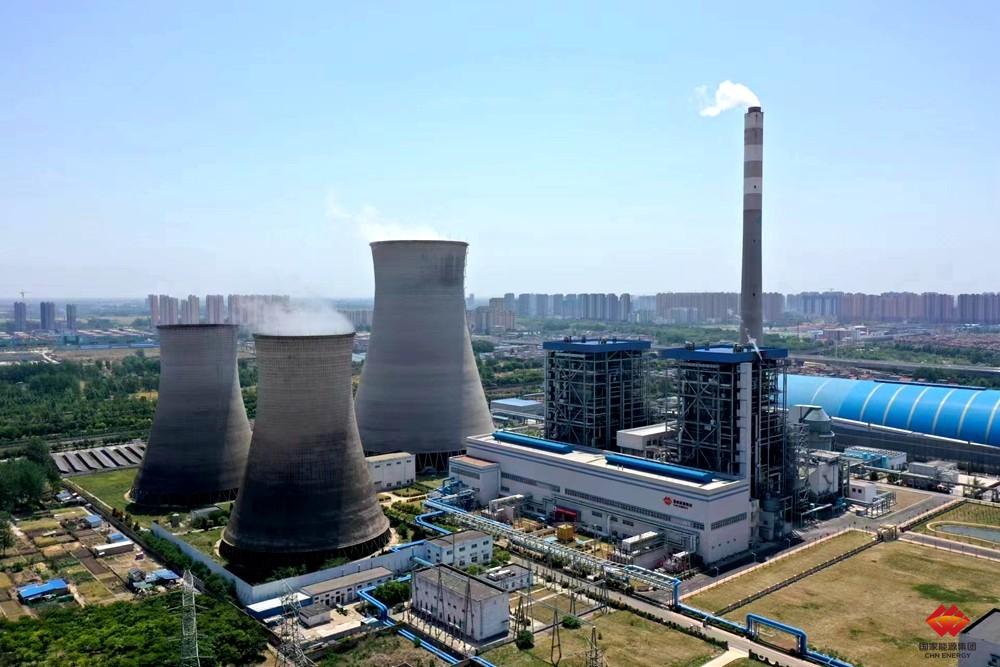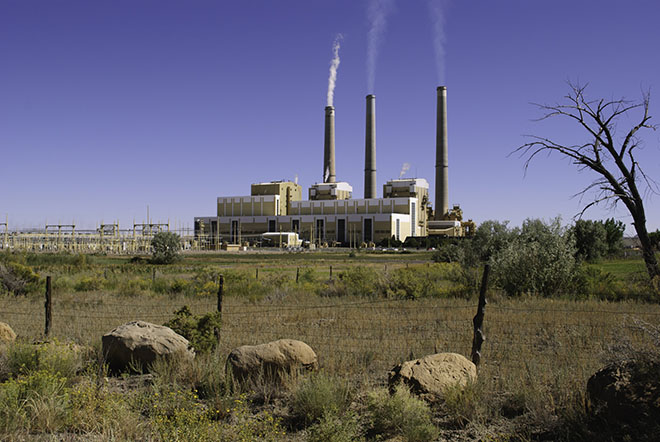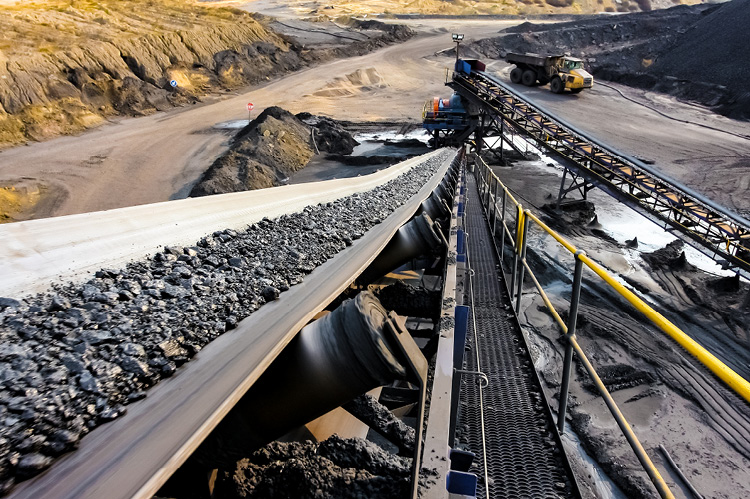Indonesia has raised its coal output target for 2024 compared with 2023, although projections of a steep increase in domestic consumption could curb the potential for exports to grow significantly.
Indonesia has set an export target of 710mn t for 2024. This is up from a 2023 target of 694.5mn t, although that was exceeded and output was 765.81mn t as of 31 December, according to data from the country’s energy ministry (ESDM). Production data is regularly revised higher because of delays in some producers reporting their output.
Domestic consumption is expected to increase significantly this year and Jakarta has set a domestic market obligation (DMO) target, under which the country’s producers must make a percentage of their output available to the domestic market, at 220mn t. This is sharply higher than 173.6mn t in 2023.
The higher DMO target is being fuelled by forecasts of higher domestic consumption. The power generation sector is expected to consume 170mn-180mn t this year, up from 161mn t in 2023, while other industrial users such as the manufacturing sector are expected to consume 30mn-35mn t, according to ESDM projections. This means that the amount of coal available for export will be 490mn t in 2024 compared with actual exports of around 500mn t last year, unless these figures are revised.
Consumption still rising
Indonesian coal output and consumption is increasing despite a push to reduce coal use and cut emissions as part of broader energy transition efforts.
The ESDM in December auctioned four new coal mining blocks, of which two are located in Kalimantan and two in Sumatra. The Bayung Lencir block in south Sumatra has a total land area of 11,290 hectares (112.9km²). The second block in south Sumatra near Lahat has a land area of 326ha. The Kalimantan blocks are Tumbang Nusa in Kapuas comprising 7,169ha and Natai Baru in east Kotawangin at 6,674ha.
It is unclear when production at these new blocks will start but the auction underscores Indonesia’s continuing reliance on coal as a fuel.
Phase-out plans
Indonesia, despite being the world’s largest coal exporter, has set a net zero by 2060 target, an ambitious plan that requires strategic planning, funding and co-ordination with several agencies. More than 65pc of Indonesia’s installed power generation capacity of 82GW is coal-fired, while renewable energy capacity accounts for 14.5pc of the mix. Indonesia aims to increase the share of renewable energy in overall generation to 34pc by 2030 and 100pc by 2060.
Jakarta aims to remove up to 6.7GW of coal-fired generation capacity by 2040 and completely remove coal-fired power from its generation mix by 2058, as part of its net zero by 2060 target.
But Indonesia requires $12 trillion worth of investment between 2022-50 to finance its energy transition away from coal, the country’s deputy minister for the co-ordinating ministry for maritime and investment affairs Septia Hario Seto said in September last year.
Indonesia, which is also the world’s largest palm kernel shell (PKS) exporter, has announced a series of plans aimed at reducing emissions. The country’s biomass co-firing programme, which was announced in 2020, aims to have at least 52 of its coal-fired plants using a mix of biomass and coal for its fuel needs by 2025.
The country shipped 4.62mn t of PKS in 2022, up from around 4.2mn t a year earlier. It exported around 4.32mn t during January-October 2023, according to customs data.
A total of 43 Indonesian coal-fired power plants implemented biomass co-firing in 2023, according to state-owned utility PLN, with a total biomass consumption of 1mn t, slightly below the government’s target of 1.05mn t. But this was still significantly higher than its consumption of 585,000t in 2022. Total electricity generated from the biomass co-firing programme reached 1.04TWh in 2023, said PLN.
Total biomass use is targeted to reach 2.83mn t this year, before peaking at 10.2mn t in 2025 when all 52 of PLN-owned coal plants will be using biomass along with coal.









